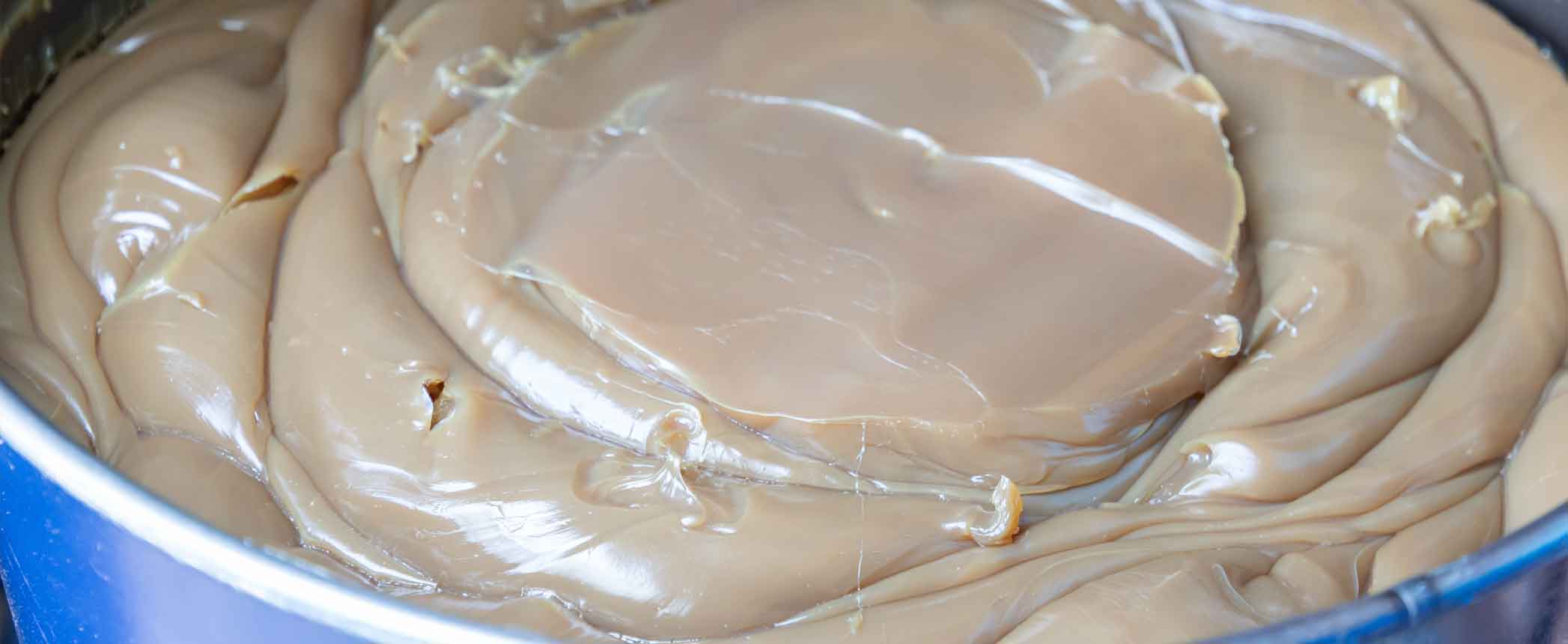
Grease production in Russia rose 51 percent in 2019, continuing a four-year growth trend that has been boosted by a government-sponsored drive to replace imported goods with domestic alternatives, according to a market study.
Tebiz Group, a Moscow-based market research firm, offered a conservative outlook for Russia’s grease market, based on information from the country’s Federal State Statistics and Custom Services, in addition to its own internal data.
The study, “Russian Grease Market – 2020. Activities and Forecast,” concluded that economic factors and the import substitution program helped convert the country’s grease consumption from imported to domestic products.
In the past four years, “we observe dynamic growth driven by the huge appetite for domestic greases in oil and gas production and the metallurgical and the automotive sectors,” Tebiz analysts indicate in the report.
Other sectors in Russia that used large grease volumes supplied primarily by domestic marketers are machine building and ship building, as well as the mining industry.
The report states that production is growing because of the macroeconomic situation in Russia – specifically the devaluation of the ruble, which makes imports more expensive, as well as growth in on-road commercial vehicle and passenger car transportation.
In its report, the consultancy found that the top three Russian grease producers are Volgograd-based Intesmo, a joint venture between Russian oil major Lukoil and state railway transportation monopoly Russian Railways; Moscow-based Gazpromneft-Lubricants, the lubricants arm of oil major Gazprom Neft; and Orenburg-based Neftemaslozavod, owned by oil major Russneft.
In 2018, Intesmo held a 52 percent share of the country’s grease production, followed by Gazpromneft-Lubricants at 30 percent and Neftemaslozavod with 11 percent. In 2019, these three companies held virtually equal shares of domestic grease production, at around 30 percent each.
Tebiz said grease production jumped not only because of expanded industrial activity in the country, but also because of modernization of equipment used by industry, which also causes shifts toward higher quality grease.
Grease imports into Russia have also been on an upward trajectory the past four years, the study found. In 2019, imports increased 12 percent to 9,986 tons.
“In all, around 60 percent of imported production is shipped from such countries as the United States, Turkey, Belgium and Germany,” the firm stated. “Firm demand for imported grease production is related to the growing share of new automobiles with the latest original equipment manufacturer recommendations.”
Shell and ExxonMobil were the largest foreign grease marketers in Russia, Tebiz estimated. In 2019, Shell sold 3,250 tons of grease, while ExxonMobil sold 902 tons. They were followed by United States-based Battenfield Grease and Oil Corp., with 450 tons, and Japan’s Kyodo Yushi with 416 tons. Other foreign grease marketers that ship to Russia are Ukraine’s Agrinol, France’s Total Lubrifiants, Swedish Axel Christiernsson and Germany’s Fuchs Petrolub.
The consultancy predicts that the trend toward domestic grease production in Russia will continue.
“It can be effected by the current economic slowdown due to the coronavirus pandemic that may limit the shipments of greases from abroad in this year, giving the domestic marketers more room for development.”
Tebiz Group’s market study, “Russian grease market – 2020. Activities and Forecast,” is available for sale at the following link https://tebiz.ru/mi/rynok-plastichnykh-smazok-v-rossii

Brown automotive grease in a steel drum. Grease production in Russia rose 51 percent in 2019, boosted by increased domestic production.